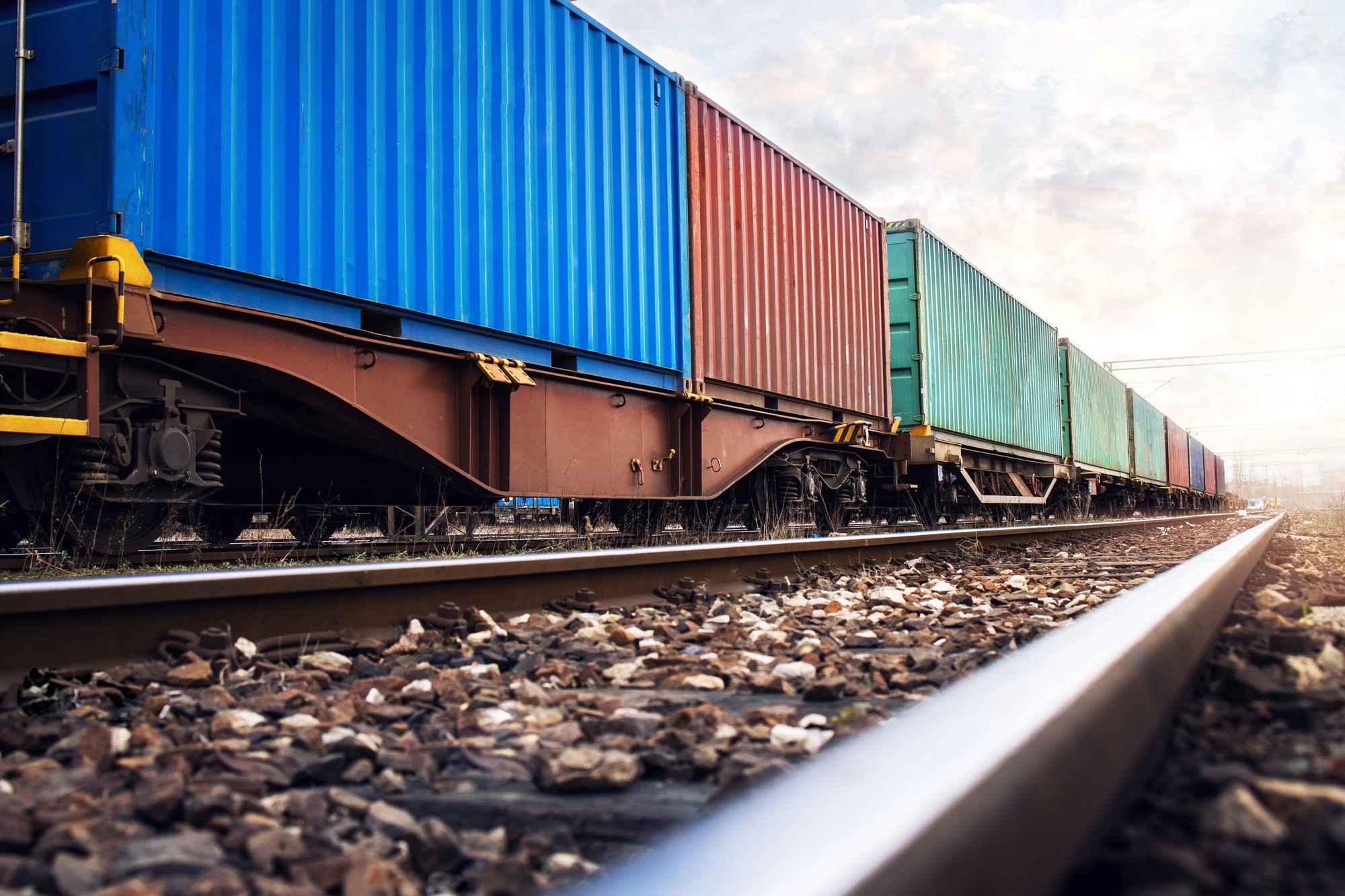
Article content:
In DiFFreight materials, multimodal routes have been mentioned many times, but almost never — intermodal ones. Yet they are becoming more and more popular in a world where speed, flexibility, and cost optimization come to the fore. It’s time to understand the difference, the benefits of such logistics, and how they are organized.
There is often confusion in definitions — we’ll provide the full explanation and look at all the details.
Intermodal freight transport is the delivery using two or more modes of transport. At the same time, the cargo is moved in the same transport unit (e.g., container or trailer) without reloading the contents throughout the route.
An example of intermodal shipping is sea container transport along the China-Košice (Slovakia) route. The first leg from China to Poland is handled by a hypothetical company A. Then, the same container and all its contents are transferred to a rail platform and shipped to Slovakia’s capital. Company B is responsible for this section. Finally, in Bratislava, company C provides a truck for the container — the third and final leg to Košice.
Let’s look at the key features:
Combining rail, sea, and road transport allows for route optimization by using cheaper types of transport for long hauls.
The cargo is placed in a single freight unit (most often — a sea container), which is not opened throughout the entire chain.
Where infrastructure is well-developed and schedules align, intermodal schemes significantly speed up delivery.
Each leg of the route can be performed by different logistics companies: air freight by one, road freight by another.
Since separate contracts are signed for each segment with different carriers, it's hard to determine where the damage occurred. This requires careful contract terms and insurance.
The scheme works only with proper logistical coordination: cargo must be handed over without delays. This includes schedule synchronization, document processing, container tracking, and working with port and terminal services.
| Intermodal | Multimodal |
| Main differences | |
| Several carriers, each responsible for their own section | One responsible carrier for all parts of the route |
| Individual contract with each contractor | One contract |
| Division of responsibility (each party covers their own segment) | Responsibility for cargo across the entire route lies with one company |
| Less convenient — multiple contractors involved | More convenient — cooperation with one company only |
| Very flexible — you can change contractors | Inflexible |
| Self-organized route with transfers | Turnkey delivery solution |
| Separate fee for each stage | Single tariff |
| Common features | |
|
|
Intermodal container transportation is very beneficial for entrepreneurs:
Proper coordination is essential for successful operation. Clients without experience often face difficulties finding reliable contractors, organizing connections, and preparing documents for each segment of the supply chain.
Be prepared to manage every stage — from warehouse loading to final delivery. For international shipments, pay attention to customs documentation (for import and export). Proper preparation of papers for transit countries, bills of lading, invoices, and transport waybills will reduce delays.
Key steps:
Contact professionals who organize international road freight, sea, and air delivery — DiFFreight handles both multimodal and intermodal schemes. We are ready to become one of your contractors or deliver your cargo turnkey.
Most common types:

Combining transport types achieves a balance between cost, time, and security, especially when managed properly. DiFFreight works with all types except railway transport. Contact us: we will build an effective intermodal route from/to China, the USA, Europe, or Ukraine.